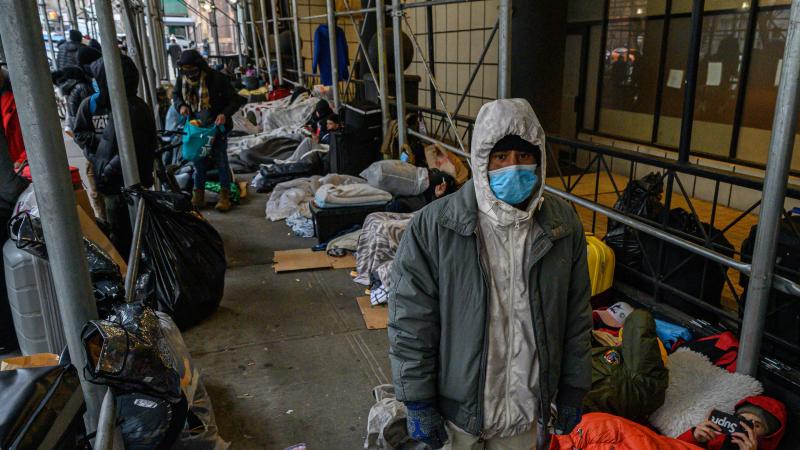Election misinfo reporting chief can't explain references to DHS agency's direct role in process
Stanford Internet Observatory director Alex Stamos sat for a transcribed interview with the House Judiciary Committee.
The head of a Stanford University organization that led a consortium to report purported election misinformation to social media platforms in the past two national cycles couldn't explain why participants said a Department of Homeland Security component played a direct role in the reports, in a transcribed interview with the House Judiciary Committee.
Stanford Internet Observatory Director Alex Stamos echoed the Election Integrity Partnership's previous denial, following Just the News reporting in fall 2022, that the consortium tried to "decide what is or isn't 'misinformation'" or acted on behalf of DHS or its Cybersecurity and Infrastructure Security Agency with social media platforms.
EIP and its spinoff Virality Project, which was focused on purported COVID-19 misinformation, "have been grossly mischaracterized," Stamos said in his opening statement. The interview was conducted last June but only released by the committee Friday.
"To be clear, at no time did the EIP censor speech or have access to backend platform systems or data outside of public content," he said. "The EIP did not take down posts or apply labels and had no power to do so … did not create targeting lists or blacklists of accounts," and its list of "top spreaders of false information" was generated by academic analysis "after the election."
It only reported content that "clearly violated the policies of social media platforms … so they could make their own determinations," said Stamos, who was Facebook's chief security officer from 2015 to 2018.
But Stamos admitted "it's possible that we gave [platforms] a heads-up when we were posting about" supposed misinformation they hosted, because it was "a polite thing to do so that they know that we're going public." He denied that this had a coercive effect compared to "a celebrity or somebody with a massive following" making the same accusation.
EIP participants said they communicated with platforms "through" or "by way of" CISA in the Jira ticketing system, but Stamos said he assumed they were actually referring to the Elections Infrastructure Information Sharing Analysis Center, which is funded through DHS grants and includes CISA as a partner.
"I know that, obviously, the EI-ISAC was operating with CISA's blessing to run a switchboard [for reports of security issues], but what specific role was being played in this is outside of our knowledge," Stamos said.
He didn't think platforms would have discussed with him whether they knew CISA was working with EI-ISAC.
Stamos couldn't explain a ticket that said it was "shared with TikTok, Facebook, EI-ISAC, Twitter … and CISA CFITF," referring to CISA's Countering Foreign Influence Task Force, which is mentioned in EIP's after-action report for the 2020 election as having "aided in the reporting process" and "implementing resilience efforts to counter election misinformation."
He said he didn't know what the "C" meant in CFITF, thought the component was "between different departments" rather than part of CISA.
In order to learn "what entity was represented by CISA CFITF in the Jira system," as Stamos was asked, EIP would have to search for "an entry in the ticket that refers to them that makes it clear," he said, because "we don't have the kind of metadata configuration of the database anymore."















